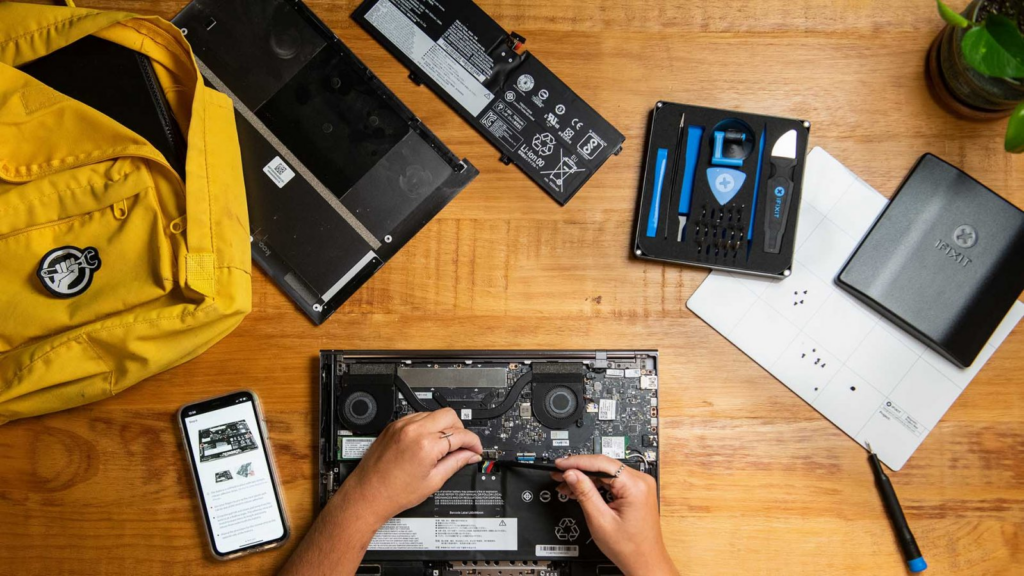In recent years, repairability has become a major concern for laptop users, environmental advocates, and tech regulators. While newer models are slowly improving in this area, legacy laptops—those released in earlier generations—often present a mixed bag when it comes to how easy they are to fix.
Understanding repairability scores helps consumers make informed decisions about whether to upgrade, repair, or recycle their older devices.
What Are Repairability Scores?
Repairability scores are numerical or grade-based ratings that reflect how easily a device can be disassembled, diagnosed, and repaired using commonly available tools and replacement parts. Factors influencing these scores include:
- Availability of repair guides
- Ease of battery and storage replacement
- Use of proprietary screws or glued-in components
- Modularity of internal parts
A higher score generally means better access for do-it-yourself fixes, longer device lifespan, and reduced environmental impact.

Legacy Laptop Brands Compared
Some older laptops from brands like Lenovo, Dell, and HP scored surprisingly well in teardown assessments. For example shows that older ThinkPad and Latitude series models often feature modular parts, detailed service manuals, and minimal use of adhesives—earning them higher repairability ratings.
On the other hand, some ultrabooks and premium models from the early 2010s scored poorly due to soldered RAM, sealed batteries, and limited documentation.
Tools to Check Your Laptop’s Score
If you’re unsure how your laptop compares, platforms like the iFixit repairability index and France’s government-backed Repairability Index (focused on EU models) offer searchable databases that rate devices based on repairability criteria.
These tools allow users to search by brand, model number, or release year, providing transparency for older and newer devices alike.
Why It Still Matters Today
Legacy laptops are often more repair-friendly than many recent models. They may offer:
- Easily swappable batteries and RAM
- Standardized screws and connectors
- Available second-hand parts
With proper maintenance, many legacy laptops can still deliver solid performance for everyday tasks. This makes them a great option for budget users, students, or businesses looking to minimize e-waste.
Conclusion
Repairability scores give valuable insight into how long your laptop might last—and how easy it will be to fix when things go wrong. Legacy laptops often excel in this area, offering durable builds and accessible components. By using resources like iFixit, the Repairability Index, and teardown reviews, you can make smarter decisions about whether to repair, upgrade, or recycle your old machine.
Also Read : Fintech Startup Once Dubbed “Plaid for BNPL,” Shuts Down After 8 Years and $21.6M in Funding







